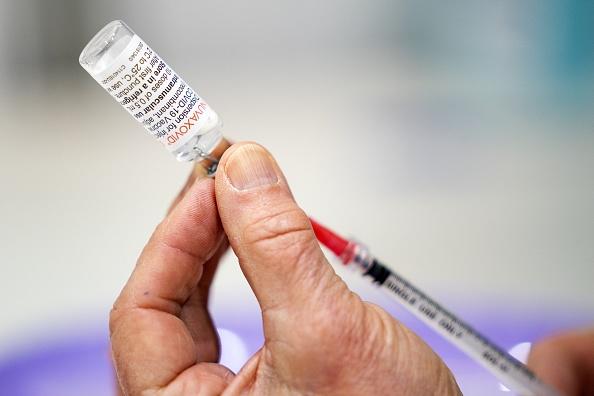A healthy 35-year-old woman who experienced a seizure two days after her second dose of Moderna’s COVID-19 vaccine was diagnosed with limbic encephalitis, a rare form of brain inflammation, which the authors of a case report said was caused by the vaccine.
Julie Comber is a freelance science reporter for The Defender. She is a mother, activist, writer and singer-songwriter. She has a Master's in human genetics, a Master's in bioethics and a Ph.D. in environmental education. Julie seeks to protect children from corporate thieves. She acknowledges, with gratitude, to live on the traditional and unceded territory of the Algonquin Anishinabe.
Author’s Selected Articles


